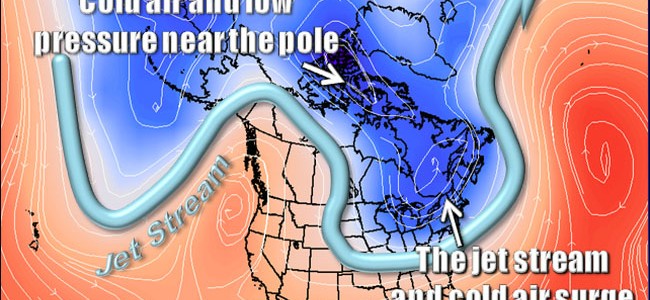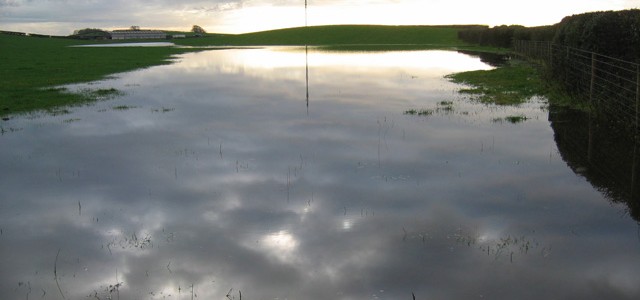Climate and Ag in the news
-

Discover magazine published a story yesterday discussing the first of several news releases describing the ramp-up in global temperature that was observed in October. According to the Japan Meteorological Agency, this past October was the warmest in a record stretching back 1891, with a global average temperature for the month coming in at 0.85°C above the…
Posted in: Climate and Ag in the news -

The Southeast Regional Climate Center noted on Facebook today that many weather observing stations in the Southeast have already reached the #1 rank for the wettest fall on record, with two weeks still to go (and rain on the way). You can produce your own map at https://www.sercc.com/perspectivesmap?date=2015-11-16&var=precip&period=STD&map_display=rank. Note that there are also a few stations…
-

The State Climate Office of North Carolina posted an article to their blog today from Bradley McLamb, Meteorologist at the NC Division of Air Quality, and Corey Davis listing the possibilities for cold outbreaks this winter. Even though El Niño is currently expected to impact the Southeast’s weather for the next few months, not every El Niño…
-

The Packer reported this week that South American blueberries should be in short supply for the next few months due to a cold October, which has slowed production. Hail also caused fruit damage in Argentina. You can read more about this at https://www.thepacker.com/news/south-american-blueberry-season-starts-slowly.
-

Rome Ethredge published a striking article describing some of the problems that farmers have been having due to the recent wet conditions in his blog at Seminole Crop E News today. The blog article shows several pictures of soybeans that sprouted in the combine when the farmer had to stop harvesting for two weeks due…
-

Even though the El Niño is still growing towards a new record, climatologists and farmers are starting to look ahead to what the end of El Niño means for production next year. The El Niño is expected to wane starting in spring. In some years it moves to the opposite pattern, called La Niña, and…
-

The Southeast Farm Press ran a video and written story earlier this week on the three weather catastrophes that hit South Carolina this year–frost, drought and flooding rains. The late spring frost cut peach production somewhat, while the drought cut yields of several crops. When the flooding rains came in early October, they wiped out…